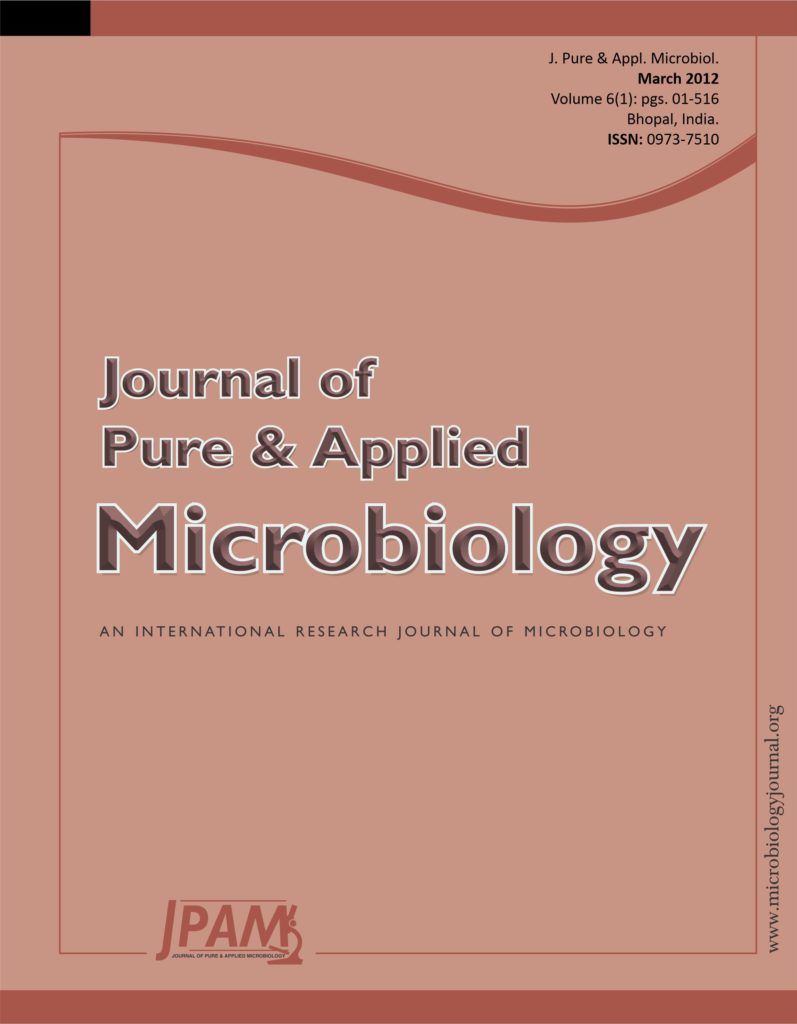Rapid economic developments in the current century have certainly enhance the human lifestyle, on the other hand they have also resulted in the degradation of environment, due to excessive use of natural resources, thereby generating excessive wastes. The kitchen waste, which is one of the typical common example of household waste, has been a big concern for the municipal corporation authorities with respect to their treatment. There are many scientific techniques that have been discovered and used for the treatment of waste and their disposal into the natural resources. The present study has attempted to use one such new technique, Effective Microorganisms Technology (EM – Technology), in which natural sources have been utilized to convert the waste into a byproduct. EM can be either used in extended form or in bokashi form and have a number of applications, including agriculture, livestock, composting, bioremediation, cleaning septic tanks, algal control and household uses. The waste management by use of EM-technology has been adapted by many countries. The present study it indicated that the use of EM technology has desirable effect on reduction of pH, BOD5, COD, TS, TDS, TSS, Nitrate and Phosphate contents of waste water.
Effective Microorganisms, Activated Effective Microorganisms, Bokashi
© The Author(s) 2012. Open Access. This article is distributed under the terms of the Creative Commons Attribution 4.0 International License which permits unrestricted use, sharing, distribution, and reproduction in any medium, provided you give appropriate credit to the original author(s) and the source, provide a link to the Creative Commons license, and indicate if changes were made.


